Many people use a shackle or some other attachment for a halyard, but there are many reasons why it might be better to attach the halyard with a knot. A knot is simpler, and simple is good, especially on dinghies and smaller keelboats. It’s cheaper than a shackle, weighs less, and the chafed part where the halyard exits the mast can be cut off, extending the halyard’s life for another season. Not just any knot will work, however. Here’s how I do it.
Tie a knot at the end of the halyard. If the line is thick, a figure-eight knot will suffice. If it’s really thin, I like to double over the line and tie a figure-eight knot in that doubled-up portion to add some bulk to it.
Then tie a simple half hitch around the halyard. If the halyard is thick, I pass the halyard through the grommet and then wrap the end with the knot around the halyard portion that goes into the grommet and tuck it in. If the line is thin, I pass it through twice before wrapping the end with the knot around the halyard that gets tucked into the grommet. Once you do your half hitch, center the halyard as you snug it.
There are a few other methods I don’t like, including the bowline, because it may prevent you from getting the mainsail to full hoist. I also don’t like the method of tucking a loop through and then putting the end (with a knot) through that loop because, if the line is too thin, the loop pulls the knot through and the main comes down. Even if the knot can’t fit through, it lays such that the halyard pulls the headboard to one side. Using a stopper ball instead of a knot is also not ideal because chafe can be hidden.
There are a lot of cool attachments out there and these are OK, so long as they don’t twist the headboard. Rope shackles are becoming popular, too, and these can work if they’re reliable and small enough for the main to get to full hoist. However, I still prefer the simplicity of the knot-and-half-hitch method; it saves weight while keeping the headboard high and centered, all while being reliable and cost effective. If you want it perfect, tie the half-hitch so that the figure-eight knot points to the luff.
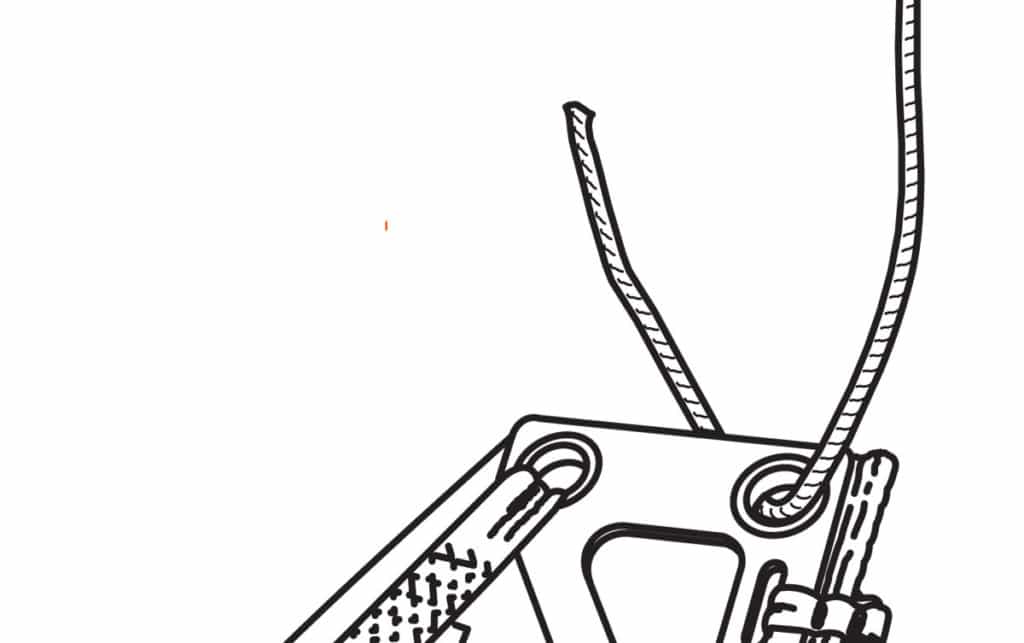
How to Tie a Halyard First Pass
Shackles and splices tend to fail at the worst possible moment. A good knot never fails. If you’re dealing with thicker diameter halyards, a figure-eight knot at the bitter end is your next step. Brenda Weaver
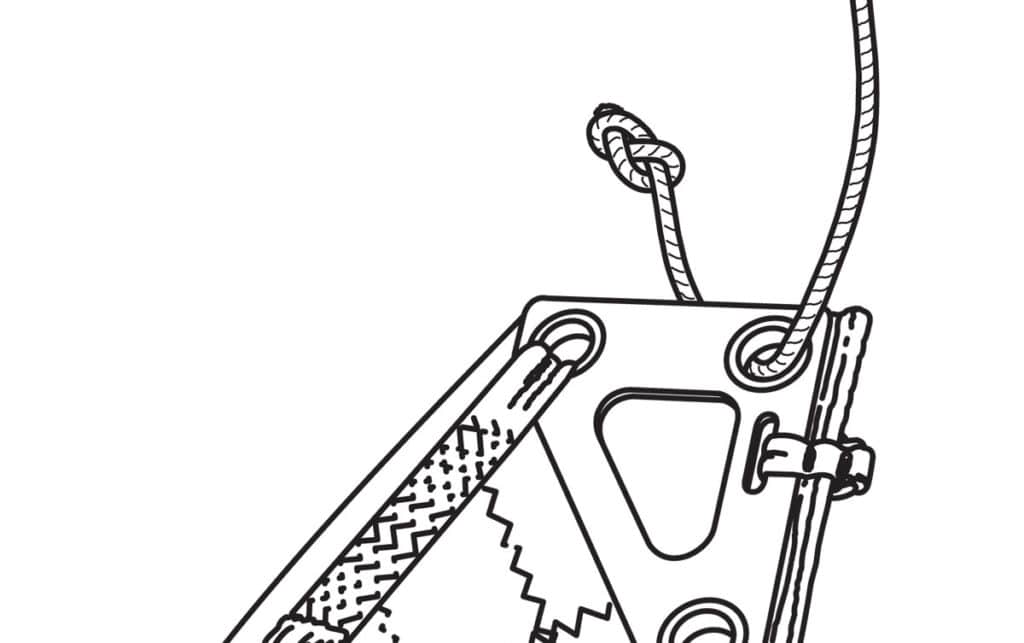
How to Tie a Halyard Second Step
There’s a reason why the figure-eight is the first knot you learn in sailing school. It’s simple, reliable and easy to undo. Don’t leave any more tail than you need to—that’s windage. Brenda Weaver
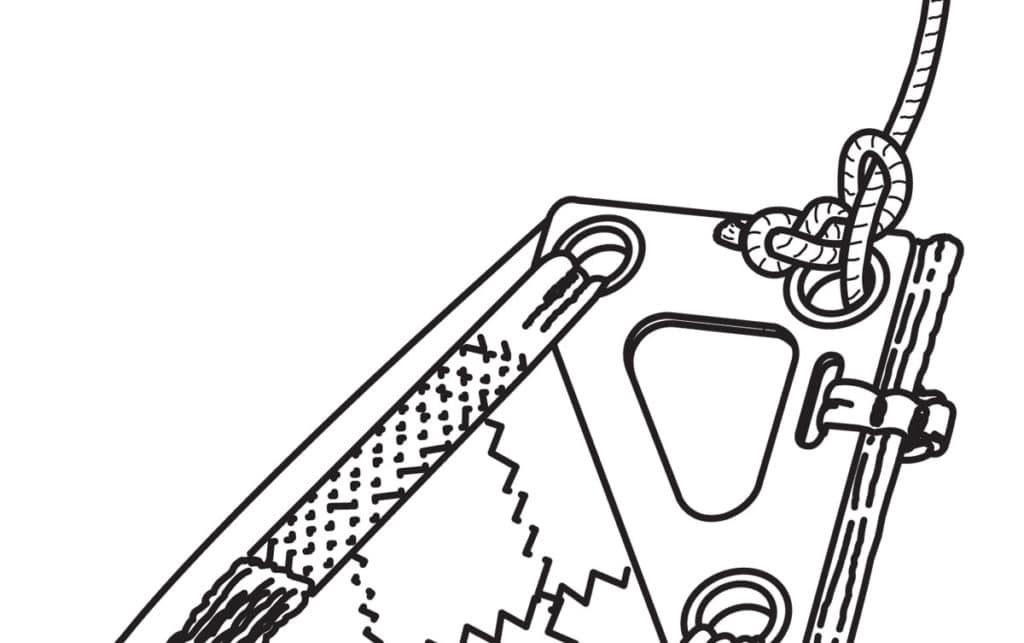
How to Tie a Halyard Step 3
Complete one half hitch and pull the halyard tight to snug the figure-eight knot firm to the headboard car. For maximum hoist, milk the knot into the grommet so the halyard extends straight from the top of the headboard car. Brenda Weaver
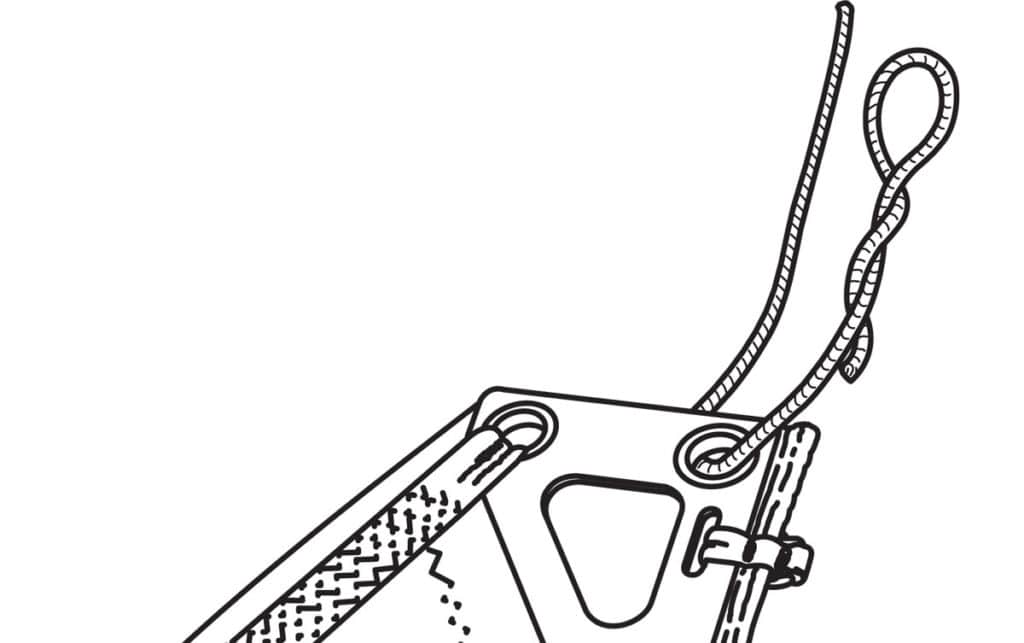
How to tie a halyard with thin line step 1
When the halyard is thin you’ll want to ensure that the knot doesn’t get pulled apart. You can either do this by passing the halyard through the grommet twice, as the author recommends, or adding an extra turn to the eight knot (shown here). Brenda Weaver
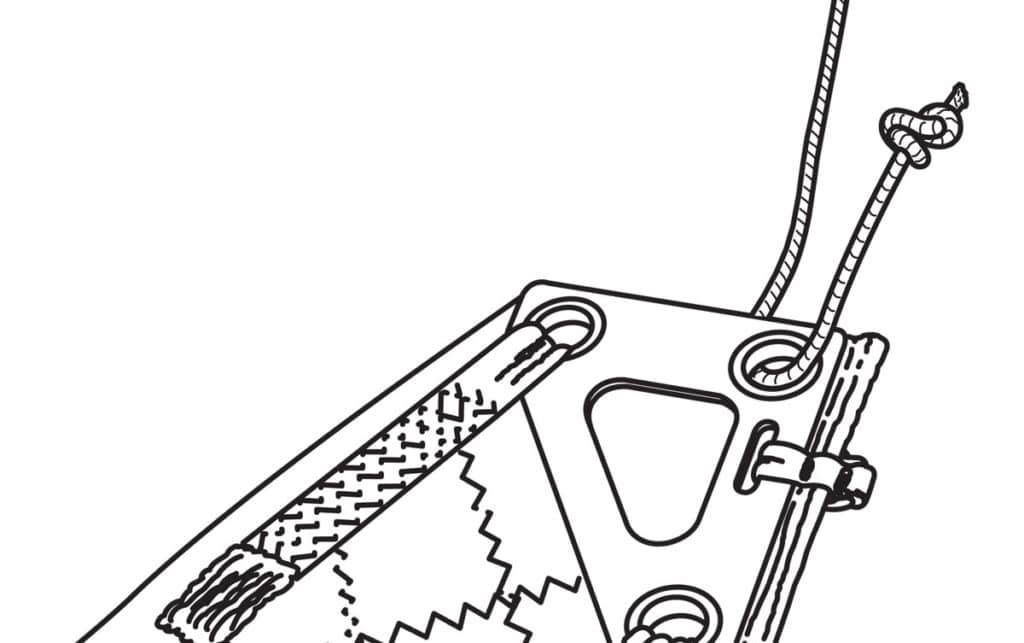
How to tie a halyard with thin line step 2
With your souped up figure-eight knot, or a double pass through of the grommet, one simple half-hitch is all you need for a firm halyard hold. Brenda Weaver
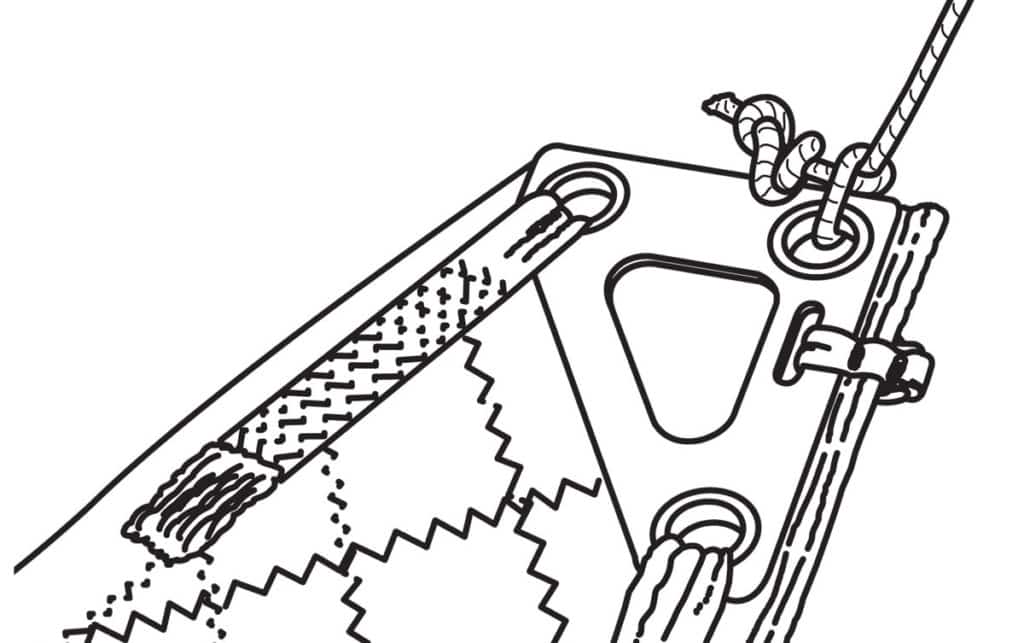
How to Tie a Halyard Final Step
As with thin line, you want to minimize the tail and ensure the halyard doesn’t pull the headboard car to one side or the other. Done right, there should be no reason for the knot to fail. Brenda Weaver









